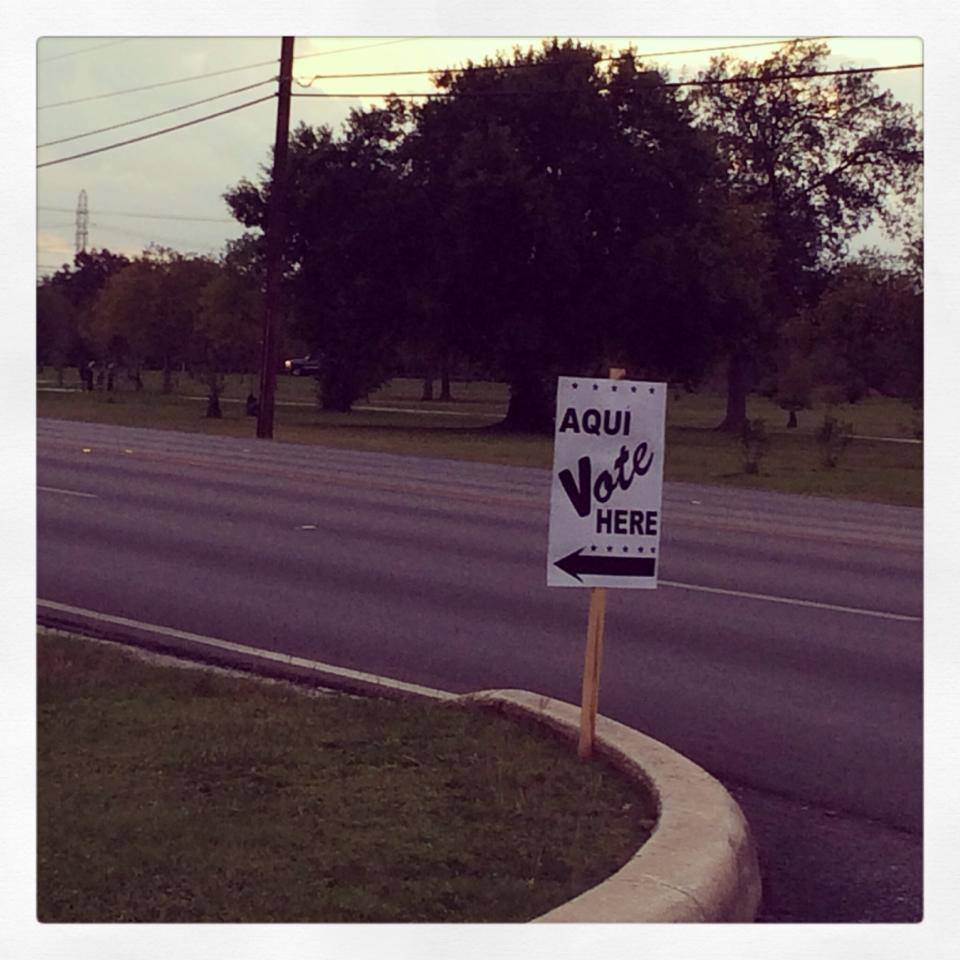 Here’s the deal: in 2010, our community decided that we wanted to become a city where “citizens are deeply engaged as elected leaders, business leaders, volunteers, and voters in the process of making government more responsive and accountable to San Antonians.”
Here’s the deal: in 2010, our community decided that we wanted to become a city where “citizens are deeply engaged as elected leaders, business leaders, volunteers, and voters in the process of making government more responsive and accountable to San Antonians.”
Voting is important to our city. We can’t be an “engaged” electorate if we don’t show up to cast our vote. On Tuesday, early voting started for the 2014 Joint Primary Elections, which will continue until Feb. 28th. The official Election Day is on March 4th.
What is a Primary and why do I care?
So you know how in those big, highly-publicized November elections, there’s one candidate per political party on the ballot? Primary elections are when political parties nominate candidates to be on that fall ballot. Texas has open primaries, which means you can cast a ballot in either party’s primary, even if you’re officially registered for one.
To get on the fall ballot, candidates must get over 50 percent of the primary vote. If no one gets that 50 percent, the party will hold a runoff election on May 27th to select a candidate. If you vote in a party’s Primary, then you can only vote in their runoff election.
Primary elections are held in March, but early voting for the upcoming Primary has already begun – so you have to get your vote in!
If I vote in a party’s Primary, do I have to vote for that party in November?
Nope! How and whether you vote in a primary puts no restrictions on your vote in the fall general election.
What am I voting for?
There a lot of positions on the primary ballot that range from local county and state offices to national seats in congress. Here’s a breakdown:
County: District attorneys, county judges and commissioners, constables and criminal and civil judges are up for election.
State: Republicans and Democrats will choose nominees for governor, lieutenant governor and other statewide executive and judicial offices. Also up: several seats on the State Board of Education.
Congress: A U.S. Senate seat, and all of our state’s 36 U.S. House districts are on the ballot.
Legislature: Each of the 150 Texas House seats is up for election, along with half of the state Senate.
Here are links to a sample ballot for the Democratic and Republican Primaries. If you want, you can fill out this sample ballot and take it with you to the polls, so you don’t have to memorize every candidate you want to vote for!
Casting Your Vote: Tips and Resources
Valid IDs: Based on the new Voter ID law, you have to have one of these with you when you vote:
- Texas driver’s license,
- U.S. passport,
- State-issued ID card,
- State-issued election certificate,
- Texas concealed handgun license,
- U.S. military ID, or
- A citizenship certificate with a photograph issued by the federal government.
When you get to your polling place, an election judge will compare the name on the ID to the voter registration card or the digital voter roll. If the names don’t match, but are very close, the election judge can declare them “substantially similar” and you’ll still be able to vote.
If you have ID issues, you can still cast your vote “provisionally.” This means your ballot wouldn’t be counted until you present an ID to the county voting office within six days.
Find your Precinct: This is listed on your voter registration card, but if you want to double-check, here’s an app from Bexar County Elections.
Find your Polling Place: Here’s a handy map from NOWCastSA with all the polling locations by precinct. Find yours, and go to there!
Voting Schedule: Here’s a list of what hours the polling places will be open on what days.
